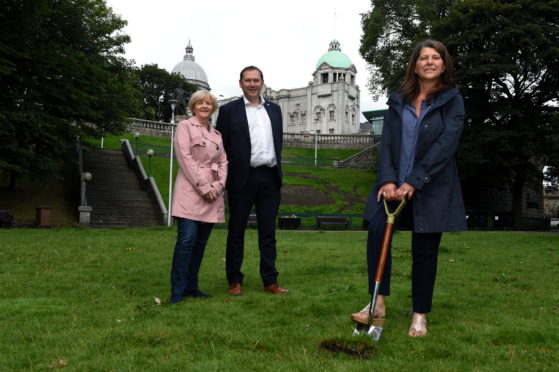I wonder what Guy Fawkes would have made of the flames of anger and hatred engulfing our political world.
As the sound of bonfires and fireworks crackle, parliament has succeeded where his doomed band of conspirators failed just over 400 years ago. They have blown themselves up.
Metaphorically, that is. I would not wish to appear to be condoning such an event. I have to be careful; the speech police and those phoneys feigning offence are everywhere.
But how did Jeremy get away with expressing anguished disappointment in the Commons after Boris “broke his promise to end up dead in a ditch”? Jeremy’s backbenchers would have been tumbling down the steps with sharpened knives to slaughter Boris (figure of speech, not for real) if the shoe was on the other foot.
Respect and credibility have been draining away from this “rotten” parliament like a burst water main as they approach their fourth winter of arguing and conniving over delivering Brexit. Good riddance? Many might agree after a golden opportunity to usher in a new age of politics was lost when the ground moved under established political structures. A “House of Fools”, as one headline screeched.
Traditional party allegiances went out of the window during the referendum as unlikely alliances were formed on both sides.
Maybe I was naive, but two things surprised me after the result.
The Remain campaign continued unabated, and actually intensified, while MPs reverted to type to resume old-style tribal politics for personal and party gain. Silly old me, I thought some official cross-party unity in the national interest would grow out of it with a common purpose to find a compromise form of Brexit.
One that reflected the tight vote which the moderate majority would accept across party lines. Failure to deliver is what landed us in this toxic mess.
It struck me recently that the solution might lie at the bottom of Union Terrace Gardens (UTG) in Aberdeen – scene of a bitter “people’s vote” battleground before multiple referendums became all the rage for those incapable of winning political arguments. This general election will be inevitably an unofficial second Brexit referendum, with the added pain and ecstasy of a dress rehearsal for a potential second Scottish independence referendum in Scotland.
Most voters’ minds are probably made up before a shot in anger is fired. And surely there cannot be many of those infuriating “don’t know” hangers-on peppering the polls with all the parties appealing so markedly to different audiences?
Meanwhile, Nicola in Scotland has made it clear that a good majority vote for the SNP will not only help stop Brexit, but also make another independence referendum undeniable. What message does that send to her one million or so “subjects” who voted for Brexit and those still firmly in the “No” indyref camp since 2014?
They are in the peculiar position of only having the Tories to turn to in Scotland by the look of it.
Some must be delighted to see “romance” blossoming between Jeremy and Nicola, especially after he offered not to stand in the way of a new vote on independence. Presumably this would be the pay off for the SNP propping up a minority Labour government.I am not sure what Nicola meant by a good majority – does she mean votes or seats?
Her minority Holyrood government took power with a 46% share of the constituency vote in 2016, but won the largest number of seats despite the pro-union parties having a bigger 52% share split between them. The SNP got its fingers burned in 2017 and fell to 36%. Does she need at least 60% to make her referendum demand more credible?
Serious tactical voting over Brexit is expected in English constituencies and who is to say this might not be reciprocated in Scotland along independence “Yes” and “No” lines. It means voting for someone with the best chance of winning to reflect your standpoint rather than your traditional candidate.
We could all end up back at square one, of course, with no decisive outcome: a new “House of Fools” locked in perpetual debate, with potentially two referendums looming and even another general election in spring.
Aberdeen had its own public referendum over UTG’s redevelopment in 2012. The outcome offers some interesting parallels and comparisons.The city was split, families divided and bitter recrimination filled the air. The vote was tight, but supporters of the plan won. When Labour recaptured the city leading a coalition the scheme was scrapped, controversially, despite the vote.
The whole episode was enormously divisive, but out of the ashes a new UTG project emerged which won public acceptance. Whether or not this was to do with the consensual, coalition style of politics in the aftermath and years following the vote I don’t know, but it cannot be ignored.
Finally, seven years after Aberdeen’s ground-breaking referendum was binned, work began at UTG a few weeks ago on the new £26million project – much more modest compared to the £140million original, but progress nonetheless.
They had found a willingness to come up with something which people across the board could sign up to – similar to the elusive “middle ground” the prime minister has been seeking. I think there is something in this.
I’m all for compromise, but it doesn’t stop me hoping that a lot of MPs walk the plank this time – to coin a phrase.
David Knight is the long-serving former deputy editor of the Press and Journal











